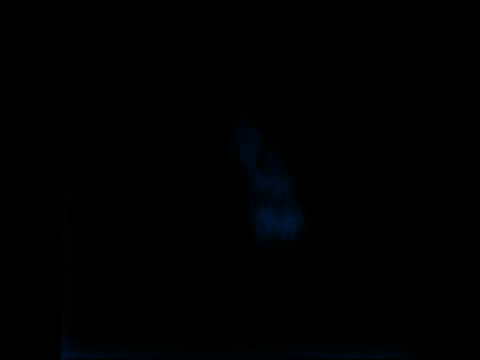Image Collections
- default
- HBV RNA(red)-HBV DNA(-strand,green)
- HBV DNA (-strand, green)
While chronic hepatitis B remains a global public health problem, the detailed spatiotemporal dynamics of the key molecular events leading to the multiplication and egress of hepatitis B virus is still largely unclear. Previously, we developed a chromogenic in situ hybridization (ISH) assay for detection of HBV RNA, DNA and cccDNA in clinical liver biopsies. Herein, we report the establishment of a fluorescent in situ hybridization (FISH) method for visualization of HBV RNA, HBV core particle DNA and intranuclear DNA in a tetracycline inducible HBV replication system (HepAD38) and a de novo infection system (HepG2-NTCP). Utilizing 3D-STORM, we were able to obtain images of HBV RNA and DNA with improved spatial resolution allowing in-depth analysis of key virological events within complex subcellular compartments. Taken together, these techniques should facilitate a deeper understanding of the molecular behavior of HBV life cycle and shed new light on the intricate mechanisms of virus-host interaction.While chronic hepatitis B remains a global public health problem, the detailed spatiotemporal dynamics of the key molecular events leading to the multiplication and egress of hepatitis B virus is still largely unclear. Previously, we developed a chromogenic in situ hybridization (ISH) assay for detection of HBV RNA, DNA and cccDNA in clinical liver biopsies. Herein, we report the establishment of a fluorescent in situ hybridization (FISH) method for visualization of HBV RNA, HBV core particle DNA and intranuclear DNA in a tetracycline inducible HBV replication system (HepAD38) and a de novo infection system (HepG2-NTCP). Utilizing 3D-STORM, we were able to obtain images of HBV RNA and DNA with improved spatial resolution allowing in-depth analysis of key virological events within complex subcellular compartments. Taken together, these techniques should facilitate a deeper understanding of the molecular behavior of HBV life cycle and shed new light on the intricate mechanisms of virus-host interaction.
Fluorescent in situ hybridization of HBV RNA and DNA in a hepatoma cell line supporting HBV replication. HepG2-NTCP (A) and HepAD38 (B-D) cells, that are either maintained in doxycycline supplemented medium (C) or doxycycline-free medium, were fixed and permeabilized followed by hybridization with Probe set 2 and probe set 3. After branch DNA amplification, fluorophore conjugated label probe was applied and images were acquired in a Deltavision epifluorescence microscope (A-C) and Nikon 3D-SIM microscope (D).

Nikon 3D-SIM (Structural illumination) imaging of HBV nucleic acids in HepAD38 cells